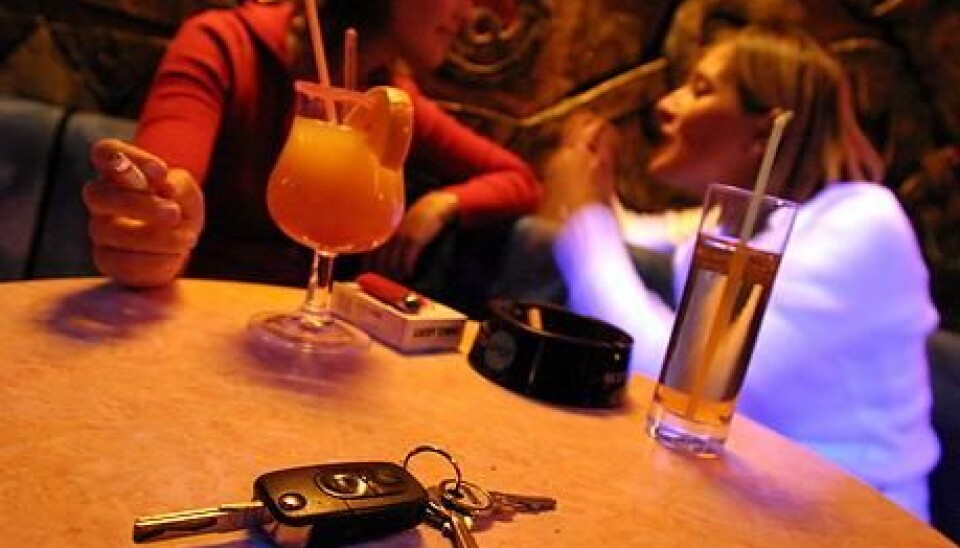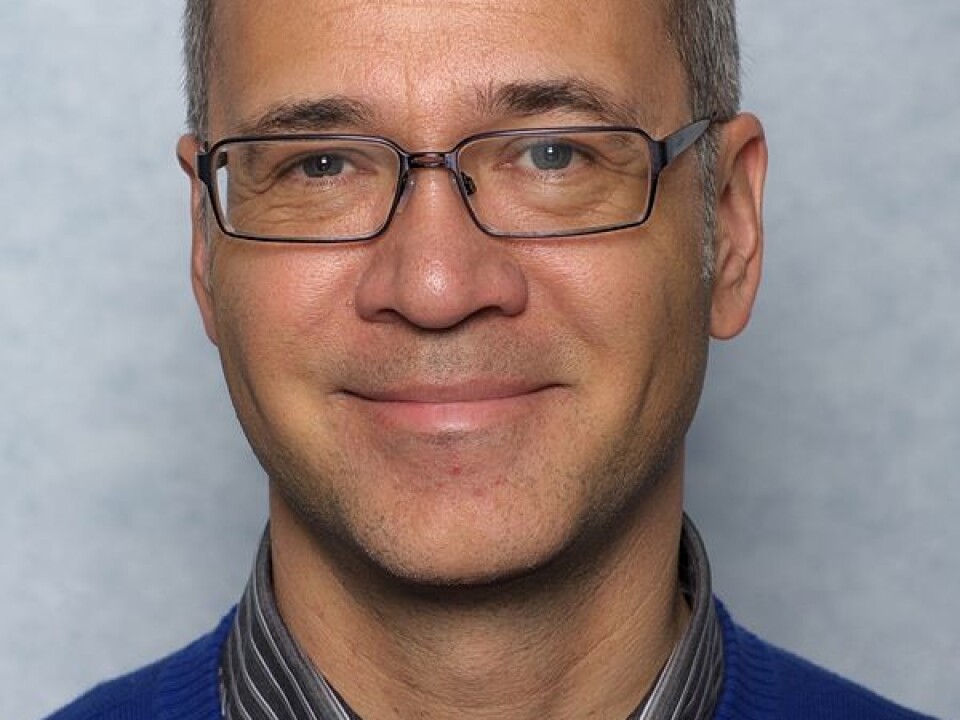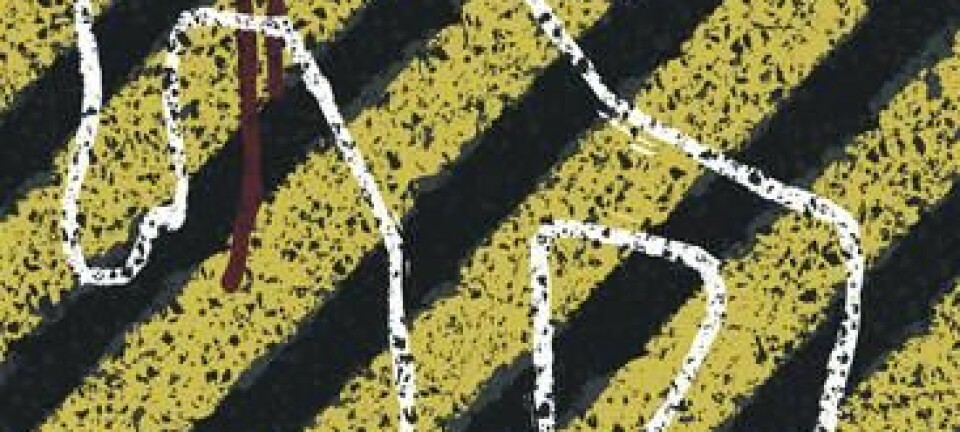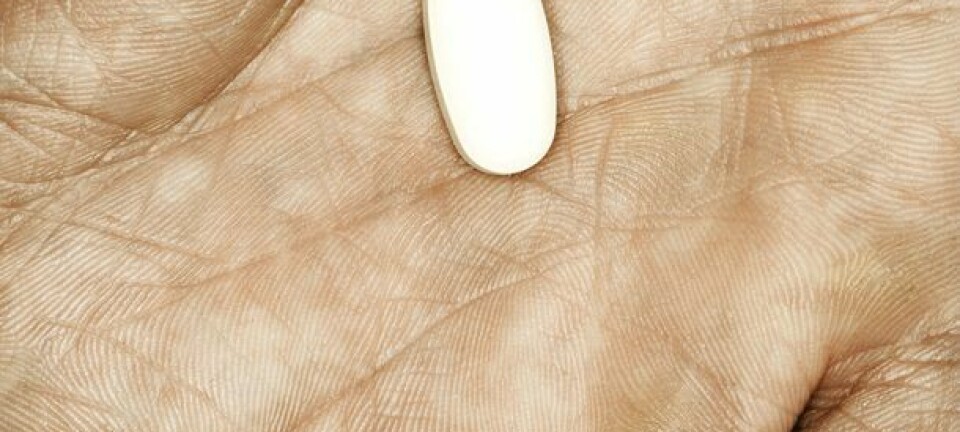
High levels of drugs, medicines and alcohol in dead drivers
Drugs and medicines contribute to numerous traffic deaths in Europe, and there are big differences between countries in the north and south. But across the board, alcohol is the big killer.
Denne artikkelen er over ti år gammel og kan inneholde utdatert informasjon.
More than 30 000 people were killed in road crashes in the Europe in 2010.
A new study shows that alcohol, illegal drugs, and prescribed medicines are contributing factors in roughly half of all fatal road accidents in Sweden, Finland and Norway. The study also includes Portugal, and the findings show notable differences between south and north.
Hallvard Gjerde at the Norwegian Institute of Public Health and colleagues from several other European countries collected autopsy data on a total of 1118 killed drivers from the four countries, from 2006-2009.
Medications
A huge difference between south and north was found in the prevalence of benzodiazepines - a group of psychoactive drugs that are commonly used to treat anxiety, insomnia, muscle spasms and epilepsy.

Of the dead drivers, the prevalence in the Finnish, Norwegian and Swedish samples were 13.3, 9.7, and 3.9 percent, respectively, while only 1.8 percent in Portugal.
A separate study has found that about 6 percent of the Norwegian population get at least one prescription for a benzodiazepine drug, every year.
“Z-drugs”, modern sleep-aid pharmaceuticals, were also more prevalent in the north, with a range of 3.0-4.4 percent, while no traces were found in the Portuguese bodies.
These drugs are often prescribed in Nordic countries as they are regarded as less addictive than many other sleeping pills.
Different drug preferences
Amphetamines are a bigger problem in northern Europe than in the south, and this was reflected in the study. In Finland, Sweden and Norway, the prevalence was 2.1, 7.4, and 6.6 percent, respectively, while the drug was found in none of the Portuguese drivers.
Cocaine was found in Swedish and Portuguese drivers, 0.7 percent in each country, but not in the Finnish or Norwegian samples.
Other studies have found that cocaine is, generally speaking, significantly more commonly used in Southern Europe compared with Northern Europe.
Cannabis
Cannabis, in the form of hashish or marijuana, is the most widely used illicit drug in the four countries, but it was found in very few blood samples in this study. Except in Norway.
While the findings ranged from 0-1.3 percent in Portugal, Sweden and Finland, it was 6.1 percent in Norway. About half of these Norwegians were affected by both cannabis and alcohol, and many also used the drug with other substances, such as amphetamines or benzodiazepines.
"Cannabis alone, in most cases, does not increase the risk of causing an accident as much as four to five drinks," says Gjerde.
In combination with other drugs or alcohol, on the other hand, cannabis use can be fatal for drivers.
More than just a glass
Most of the killed drivers who had alcohol present in their blood were quite drunk at the time of the incident.
In Finland, a little more than 80 percent of the alcohol-affected drivers had a blood alcohol concentration of at least 1.3 g/L. Nearly 60 percent of the Swedes and Portuguese, and slightly more than 70 percent of the Norwegian drivers, had similarly high blood alcohol concentrations.
"To get 1.3 g/L, you will have to drink more than one bottle of wine, on your own, so that's quite a lot of alcohol," says Gjerde.
"We're not talking about people who have a glass too much, they drink way to much."
The study also found that in the case of Portugal, a little more than 20 percent of the dead drivers who had alcohol present in the blood sample were in fact within the legal limit, which is higher in Portugal than in Norway and Sweden.
But this doesn't necessarily mean that lowering the legal limit for alcohol will yield immediate results.
"The risk for involvement in a traffic crash is generally higher in Portugal than in Norway, Sweden and Finland," says Gjerde.
While the death rate in traffic in 2010 was 43 per 1 million inhabitants in Norway, the tally was 79 per 1 million in Portugal.
The study also found that young drivers, and especially young men, were overrepresented. This has been found in several other studies as well.
"Young men are much more likely to engage in risky behaviour, such as substance abuse and reckless driving," says Gjerde.
































